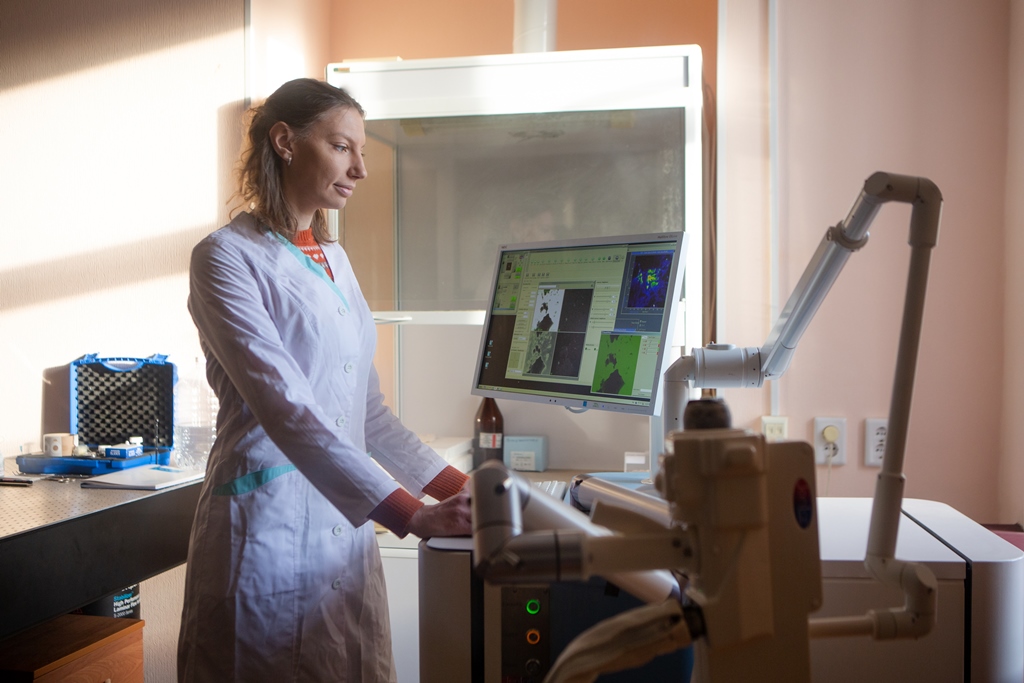Researchers at TSU and Samara State University have proposed a new approach to cure myopia. Scientists have used a combination of photosensitizer, optical clarification of biological tissue, and exposure to ultraviolet radiation for the photocrosslinking of collagen molecules in the deformed sclera tissue. The results can be the basis for a new technique that will help people of any age be able to safely restore visual acuity.
- Thinning and deformations of the sclera are the most frequent causes
of myopia, - said Yury Kistenev, director of the StrAU Institute of
Biomedicine. - Laser and surgical correction are effective methods of
treating myopia, but they have certain risks. A sparing method of
treating myopia based on correcting the mechanical properties of the
sclera tissue with UV rays was developed by the TSU Laboratory of
Biophotonics.
During the study, riboflavin was injected into the sclera tissue and
irradiation with small, safe doses of ultraviolet was carried out. The
result was a photochemical reaction that led to the appearance of new
bonds between collagen molecules.

In the process of photocrosslinking, the method of optical
enlightenment of the fabric proposed by Valery Tuchin, a scientist at
TSU and Samara State University, was used to enhance the effect. The
method is based on introducing special agents into the tissue by surface
diffusion. Penetrating into the tissues, they temporarily displace
water and reduce the scattering of light. This provides deeper
penetration of optical radiation into the tissue and its effective
impact at lower power.
The new approach will be especially needed by older patients, who, along with myopia, have a number of other diseases that are a limitation for the surgical correction of myopia.

